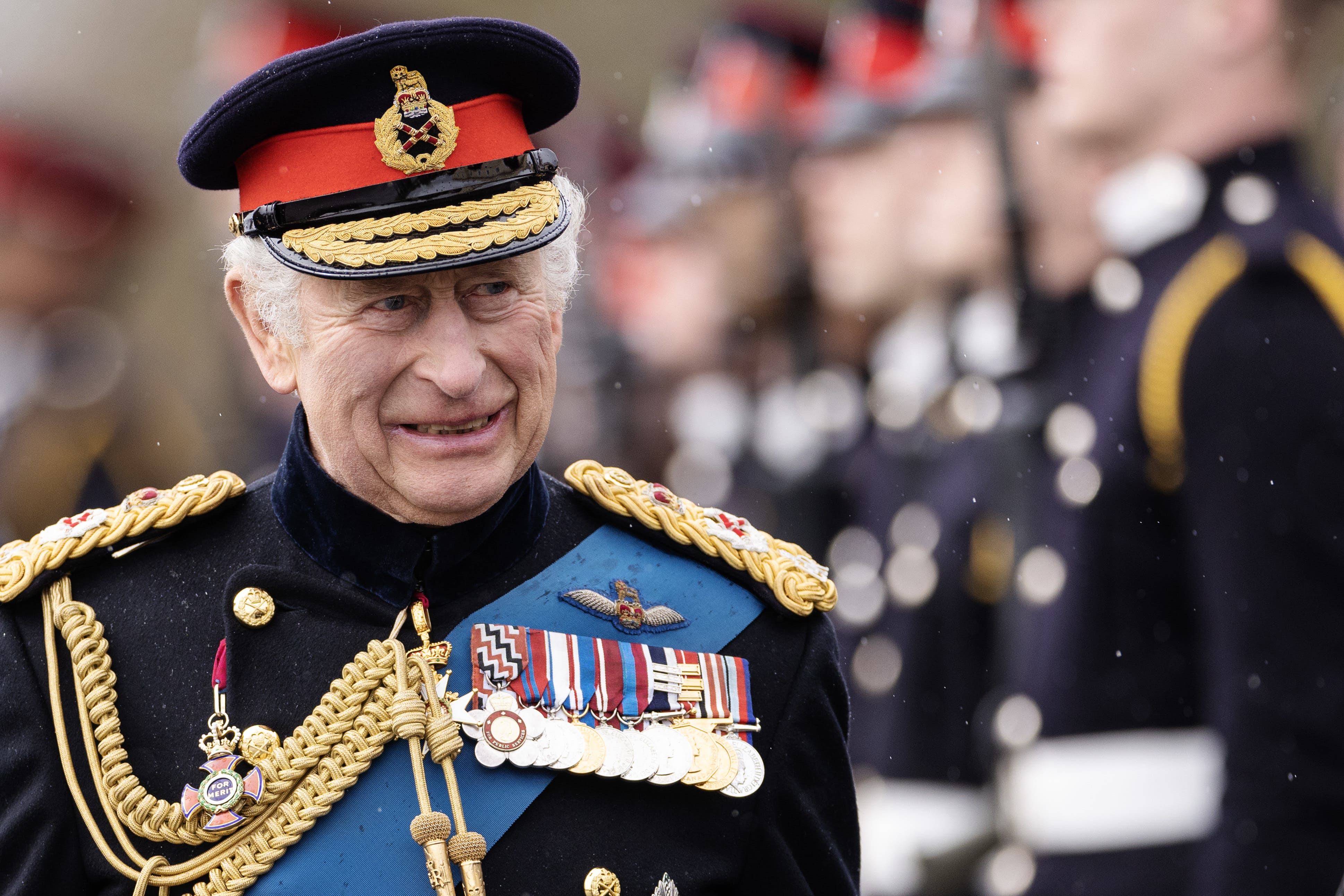‘No time to delay’ for King with speedy route from accession to coronation
Charles, who turns 75 in November, is the oldest British monarch at coronation and is being crowned just eight months after he became King.

Your support helps us to tell the story
From reproductive rights to climate change to Big Tech, The Independent is on the ground when the story is developing. Whether it's investigating the financials of Elon Musk's pro-Trump PAC or producing our latest documentary, 'The A Word', which shines a light on the American women fighting for reproductive rights, we know how important it is to parse out the facts from the messaging.
At such a critical moment in US history, we need reporters on the ground. Your donation allows us to keep sending journalists to speak to both sides of the story.
The Independent is trusted by Americans across the entire political spectrum. And unlike many other quality news outlets, we choose not to lock Americans out of our reporting and analysis with paywalls. We believe quality journalism should be available to everyone, paid for by those who can afford it.
Your support makes all the difference.The King’s coronation is the second quickest to be staged in more than 200 years – with just eight months between Charles’s accession and his crowning.
Only his grandfather George VI had a speedier route to coronation, with his ceremony held five months after he became monarch.
At 74, Charles is the oldest British monarch at a coronation, and his reign follows that of his revered mother Elizabeth II, the nation’s longest-reigning sovereign.
Joe Little, of Majesty magazine, said: “The King’s coronation taking place only eight months after his accession is in part a consequence of his age.
“He will be 75 in November and thus the oldest British monarch to be crowned.
“Queen Elizabeth II was 27 at the time of her coronation and her successful 70-year reign makes her a hard act to follow, so there is no time for delay.”
Mr Little said a shorter period of preparation was needed, with the guest list for Westminster Abbey more than 5,000 less than it was in 1953.
“Given that much of the coronation planning had already been undertaken, a shorter period of preparation is required this time around,” Mr Little said.
“In 1953 Westminster Abbey had to shut for six months so that stands to accommodate some of the 8,000 guests could be erected, and then dismantled after the ceremony.
“In 2023, with an estimated 2,500 guests, stands are unnecessary and the abbey will close just 11 days beforehand and reopen to the public two days after the coronation.”
Elizabeth II was crowned in June 1953, 16 months after her accession. She was only 25 when she became monarch and was 27 by the time of her coronation.
George VI’s coronation was held quickly due to the abdication of his older brother Edward VIII, who quit the monarchy for his love of American divorcee Wallis Simpson before he could be crowned.
Preparations were already under way for Edward VIII’s ceremony on May 12 1937, and George VI kept to the same date while the monarchy battled to recover from the damaging abdication crisis.
Charles – who was the nation’s longest serving heir to the throne – is the oldest British monarch at coronation by eight years.
The next oldest monarch at coronation was William IV in 1831, who was 66, and then Edward VII who was 61 in 1902, after the lengthy reign of his mother Queen Victoria.
When he turned 70 in 2018, Charles referred to his milestone birthday as “alarming” and joked he had “all the scars that go with” his age.
In Germany in March, on his first official overseas state visit, he pledged to strengthen bonds with the country “throughout the time that is granted to me as King”.